Living identity or exhibition model?
In Da Nang , Nam O village, an ancient fishing village famous for its fish sauce making and singing, is gradually being covered by rapid urbanization. Coastal resorts and resort real estate projects have sprung up, significantly changing the living space of the people.

The fish sauce making profession is gradually shrinking, traditional festivals such as praying for fishermen and village festivals are no longer held regularly, or are only symbolic, serving tourists.
The story in Hue is not much different. The coastal area of Thuan An, which once held many marine cultural heritages, is witnessing a gradual narrowing of its cultural space. New residential areas and large-scale tourism projects are planned close to the coast.
Along with the change in space is the disappearance of lullabies and folk songs, a part of the soul of the old fishing village.
In Quang Ngai, fishing villages such as Binh Chau, Sa Ky, and Ganh Yen are also facing pressure from the development of seaports and coastal industrial zones.
Residential spaces and community spaces are gradually being fragmented. Ancient tiled roofs and stories passed down through generations about the sea are fading over time.
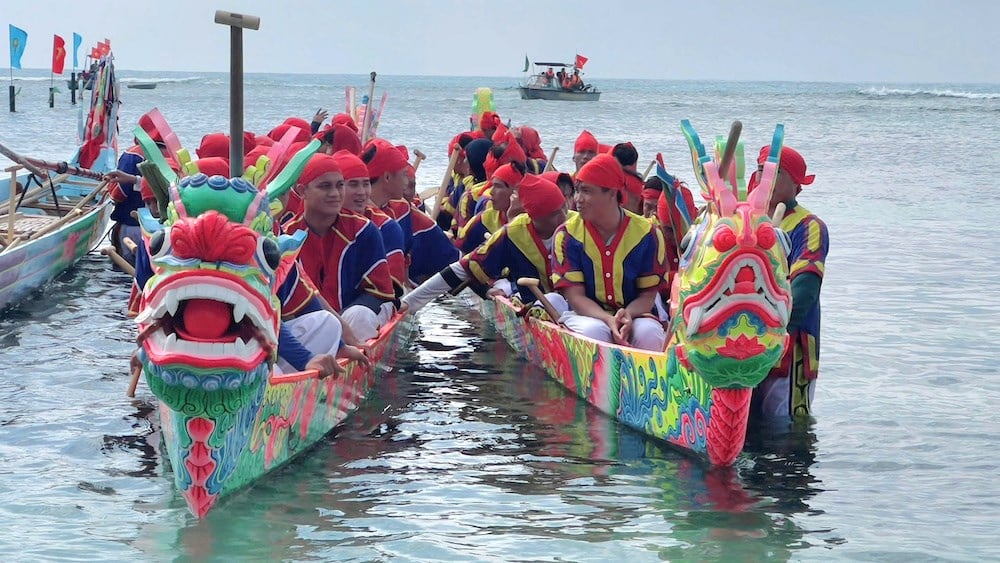
According to Mr. Nguyen Tan Loc, a cultural researcher in Hue: "If we only keep a few rituals in the form of performances to serve visitors, we are falling into a vicious cycle of 'display culture'.
Culture can only live if it is nourished by community, by memory and by real life behavior”.
Efforts to preserve the "soul of coastal villages"
Faced with this situation, some localities are taking positive steps to preserve culture in a "living" way, that is, maintaining it in people's daily lives, instead of turning heritage into display products.
In Da Nang, the city government has coordinated with the Nam O village community to restore the fishing festival and the art of singing Ba Trao.
Artisans are invited to teach free of charge to young people through classes at the Lien Chieu District Cultural Center. The project to build a fish sauce museum and Nam O sea cultural space is being accelerated to connect heritage with modern life.
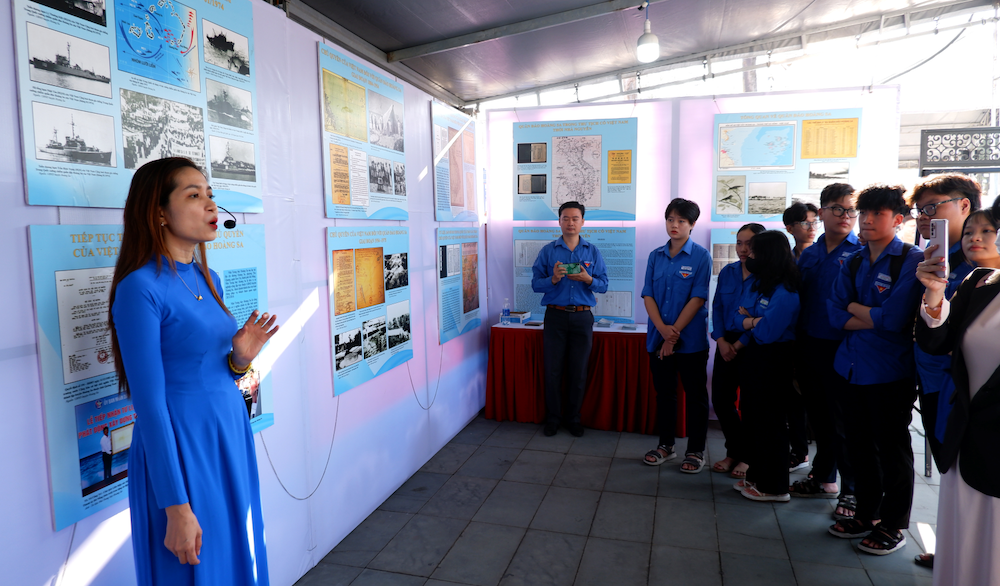
Hue also actively preserves marine culture by establishing lullaby and drill clubs, organizing performances at festivals, and including them in extracurricular programs at schools. In this way, cultural heritage is transmitted to the younger generation in a natural, intimate, and non-imposed way.
In Quang Ngai, a community tourism model associated with a coastal village is being implemented in Ganh Yen (Binh Hai commune, Binh Son district). Here, visitors can not only admire the natural beauty but also experience fishing, learn how to make fish sauce, attend traditional festivals and listen to stories about the sea from local people.
Not stopping there, many localities have begun to use technology to support conservation. Projects to digitize intangible heritage such as recording and filming folk songs, Ho Ba Trao melodies; building a digital database of festivals and folk rituals are being piloted.
This is considered a new direction to help preserve community memories in the digital age.
Don't let fishing villages become "past models"
Cultural experts believe that economic development and cultural preservation are not two separate, contradictory categories. On the contrary, if properly planned and invested in, culture itself is the driving force for sustainable development.
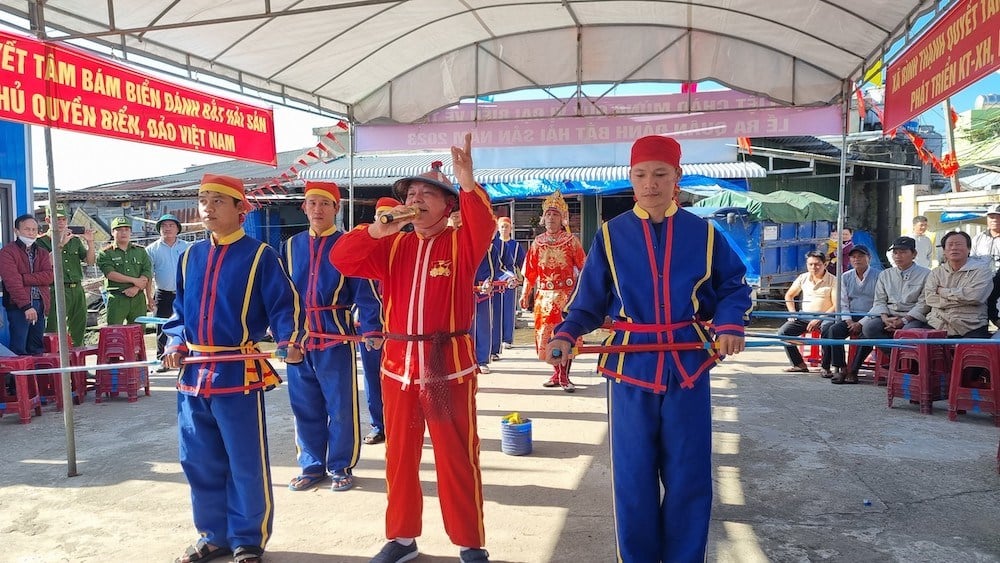
We need to see culture as a soft resource, helping to create identity, increase tourism attraction, and at the same time preserve memories and community cohesion.
Accordingly, the combination of indigenous people - government - researchers is the core factor to create an effective model of marine cultural conservation. Fishing village communities should not be just supporting characters in development projects, but need to become the subjects creating, preserving and developing their own identity.
The trend of urbanization cannot be reversed, but in the midst of that flow, the choice between "living culture" or "display culture" depends on the will and actions of the people themselves.
If we only keep the surface of festivals, architecture or traditional crafts to serve check-in and promotional photos, culture will gradually become hollow. But if we know how to listen and respect the living values of the coastal village, as the place where identity is formed, the place that has been closely connected with coastal residents for generations, culture will continue to live and spread like the never-ending waves of the Central Sea.
Source: https://baovanhoa.vn/van-hoa/bai-2-vong-xoay-do-thi-hoa-va-nguy-co-hoa-thach-van-hoa-150354.html


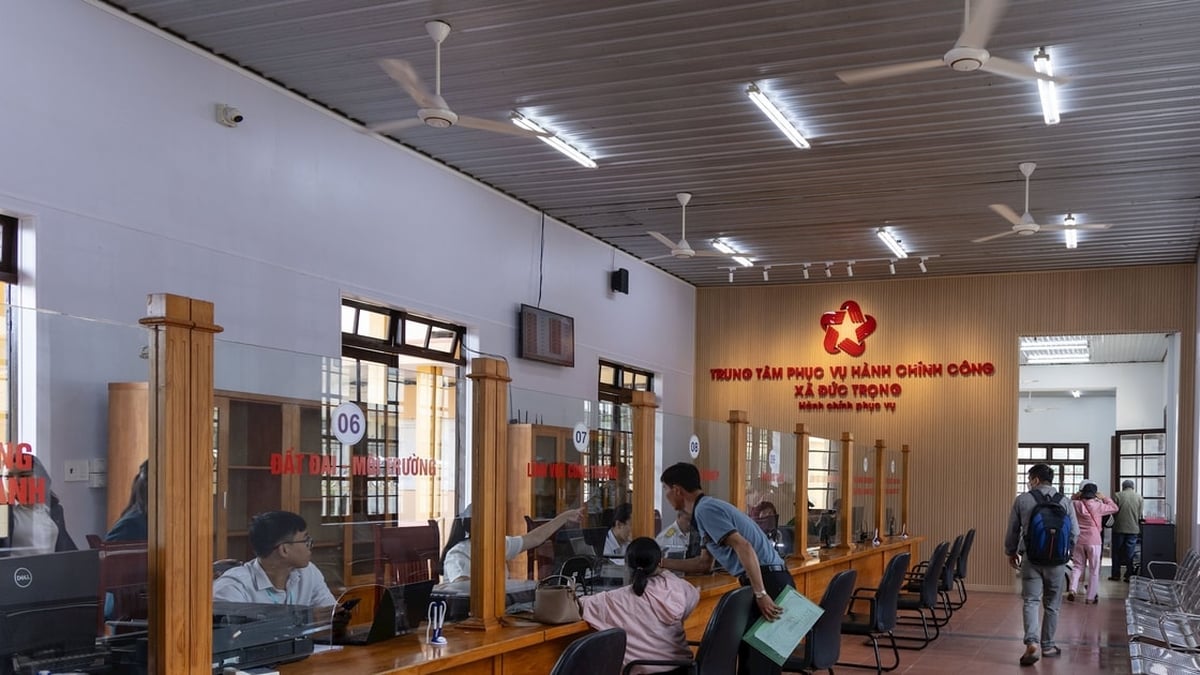
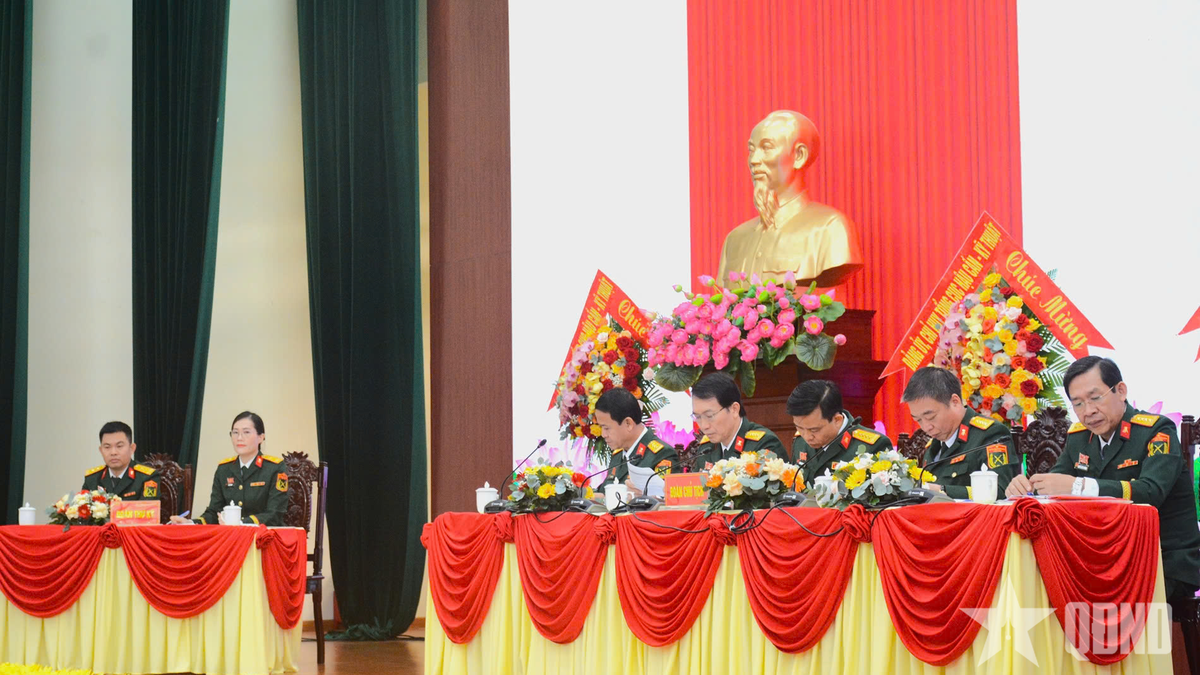

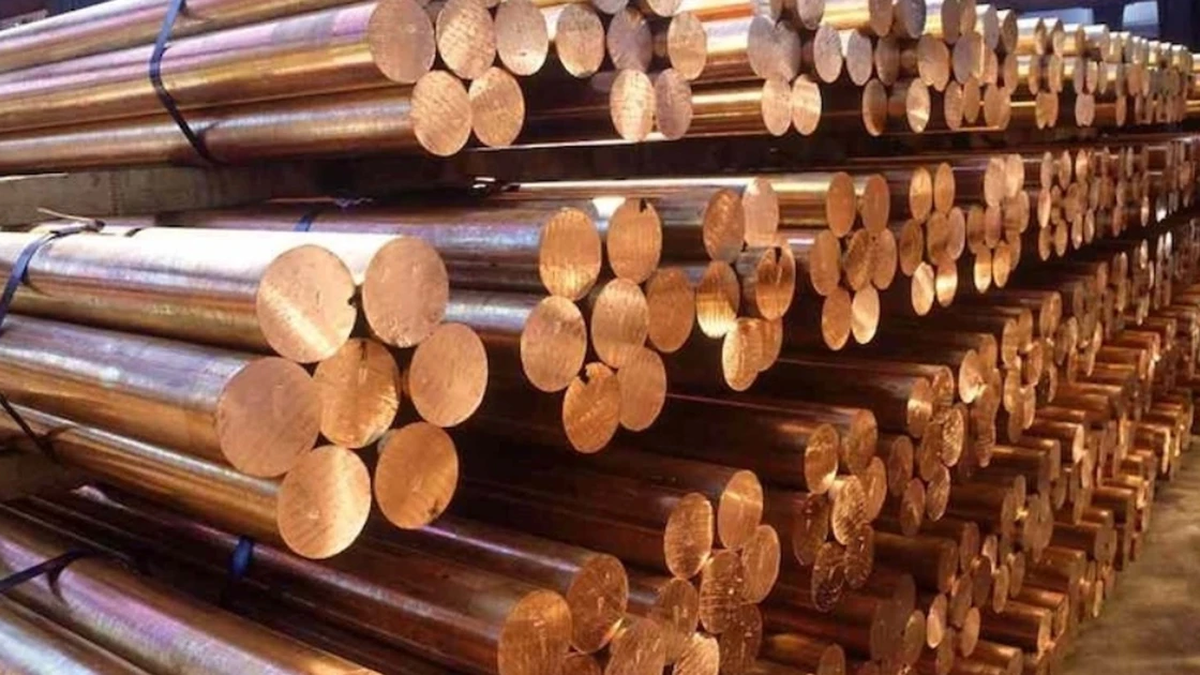

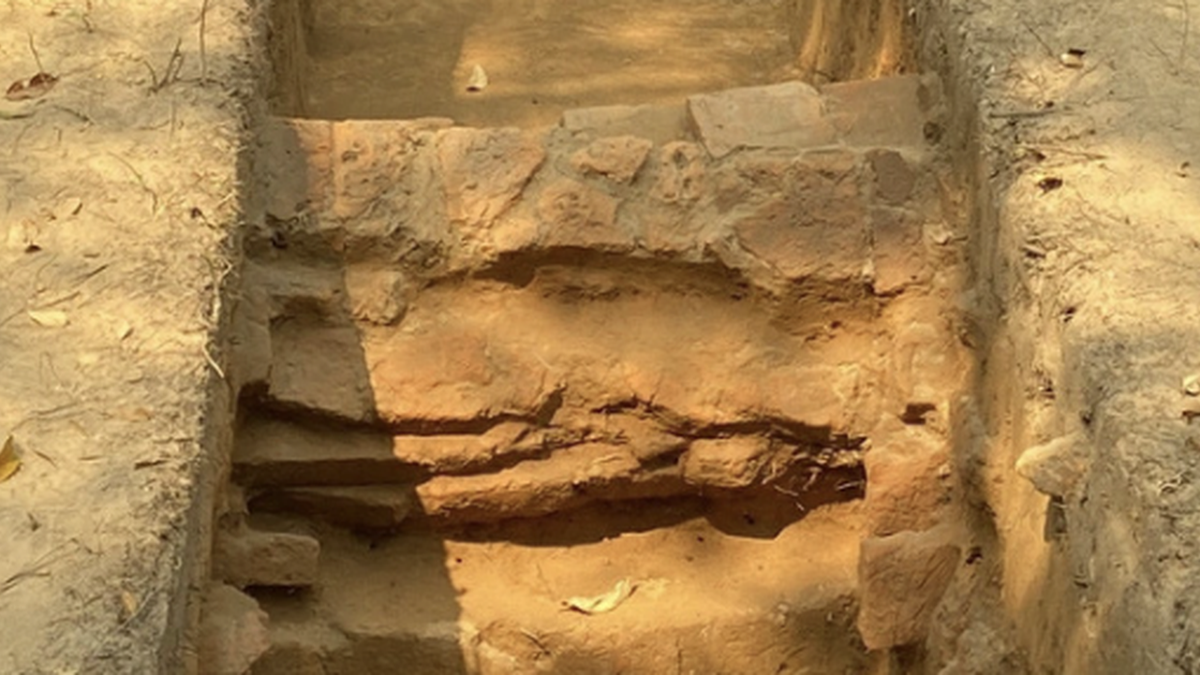
![[Podcast] No need to change passport or citizen identification when administrative boundaries change](https://vphoto.vietnam.vn/thumb/1200x675/vietnam/resource/IMAGE/2025/7/9/dfcd127b84b24a19a031801698c9a51f)
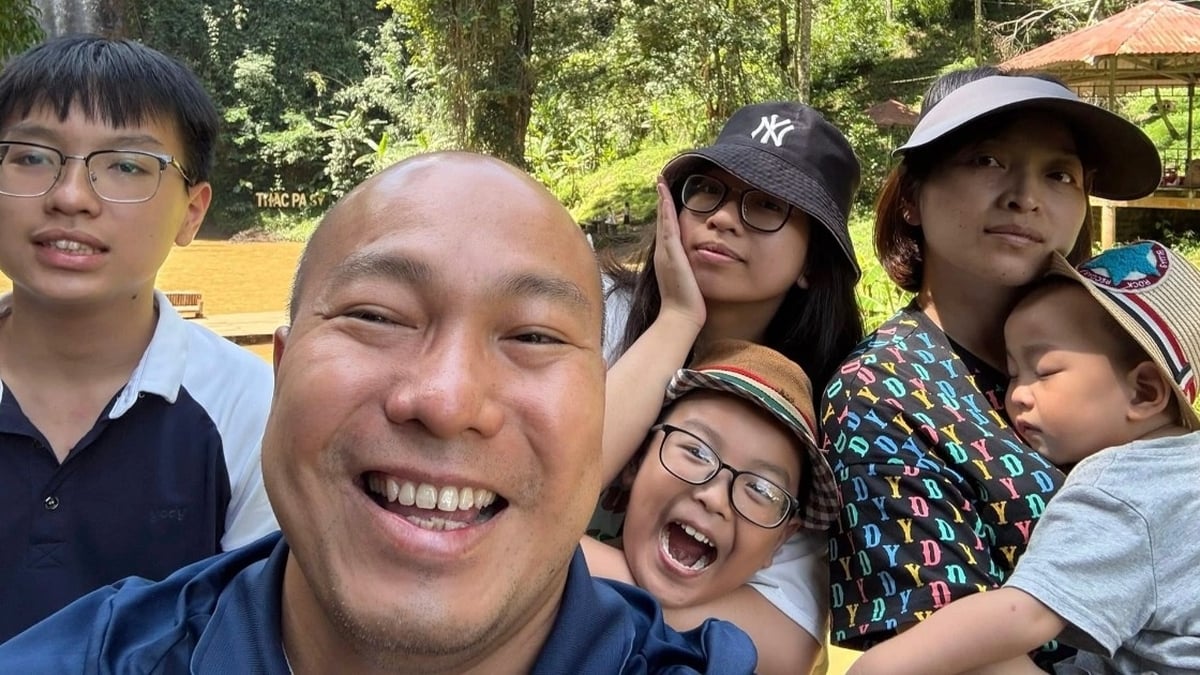
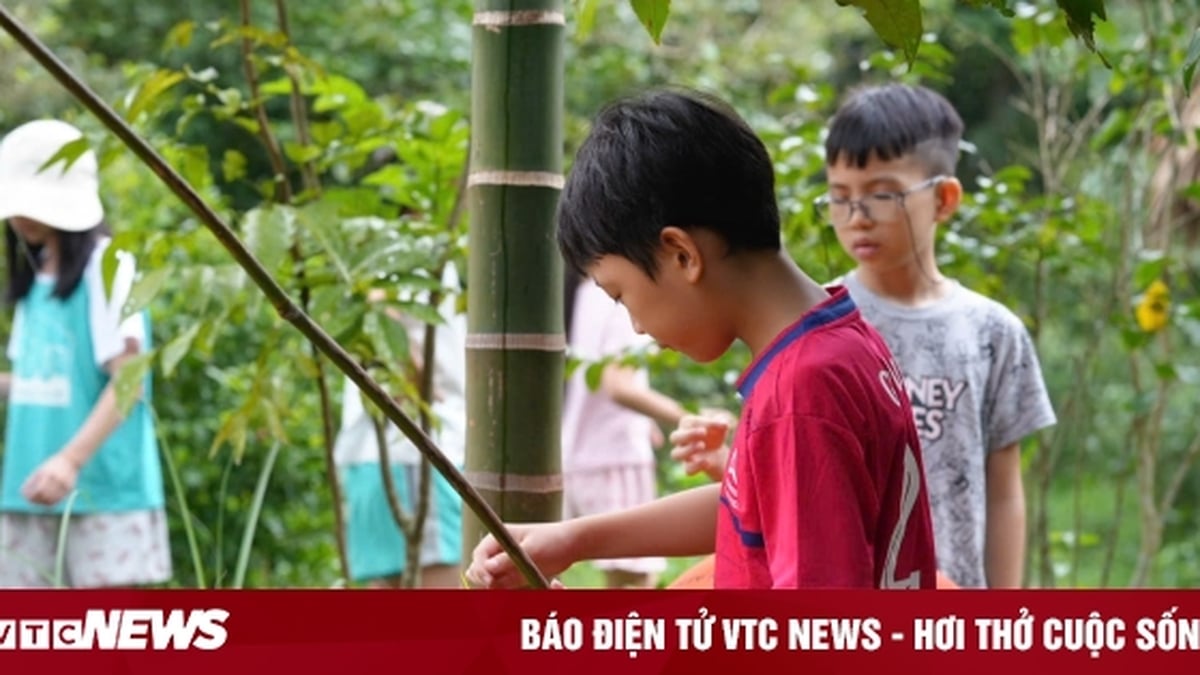
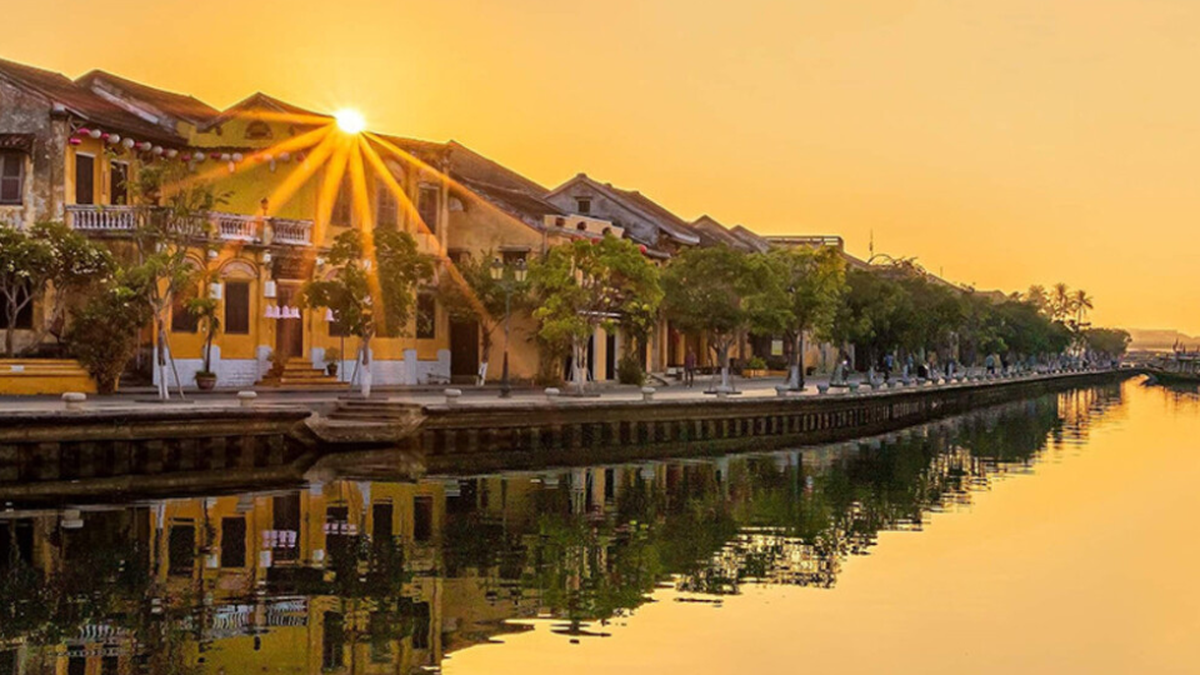














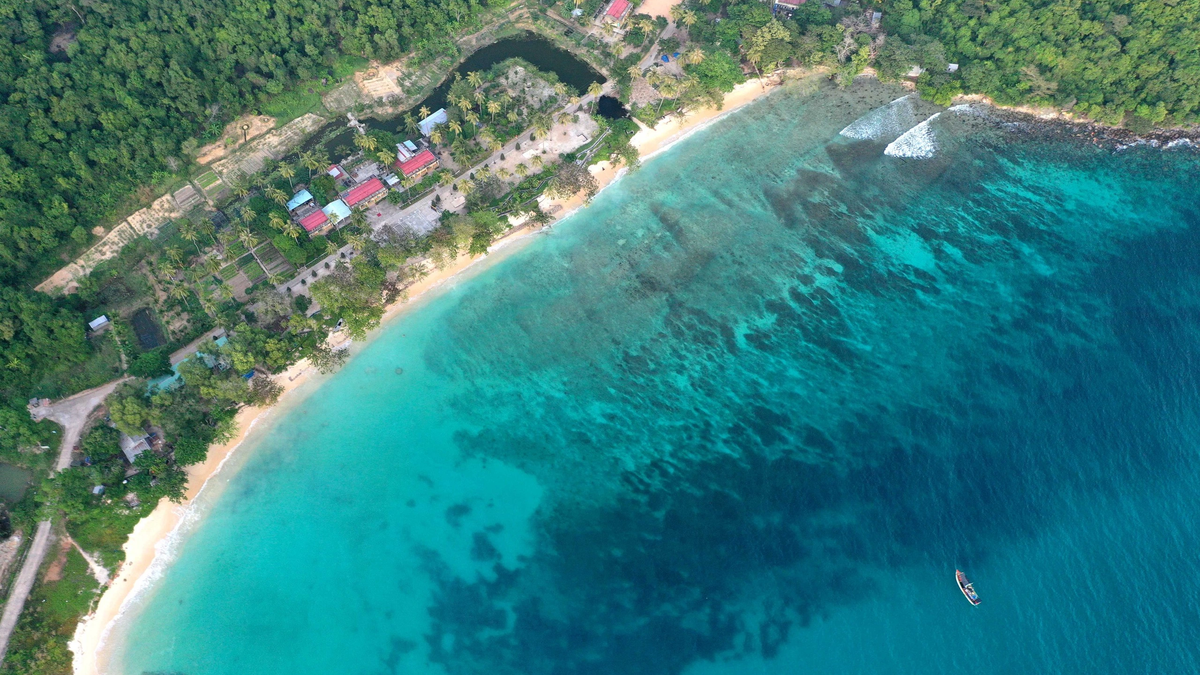







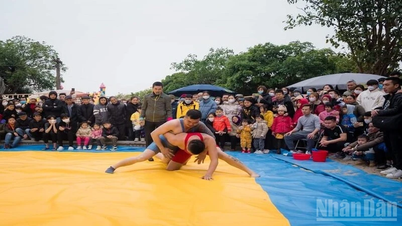




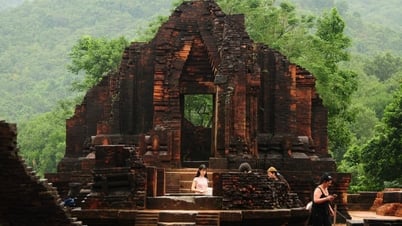












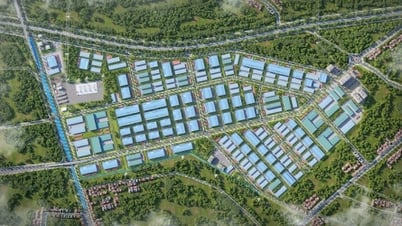




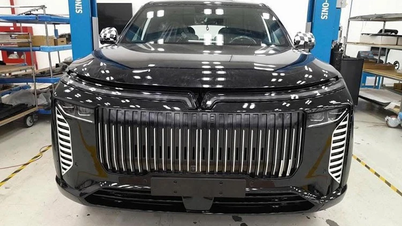

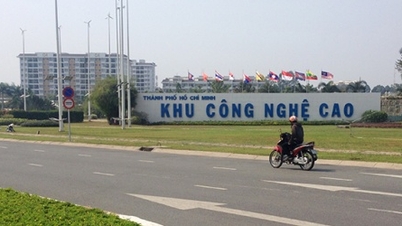
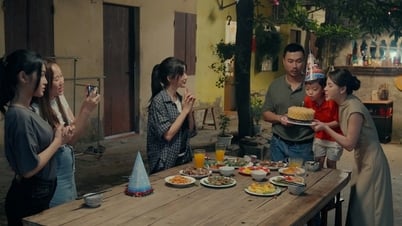






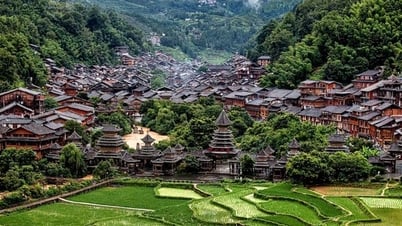

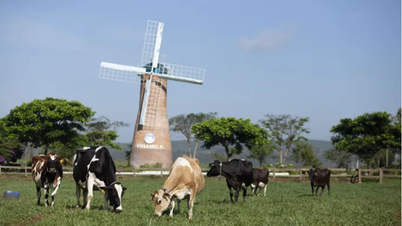

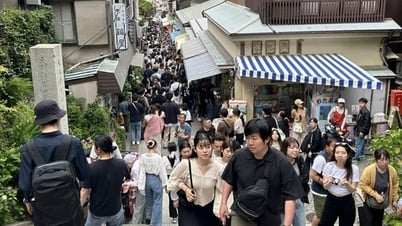
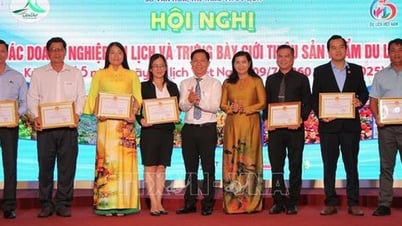











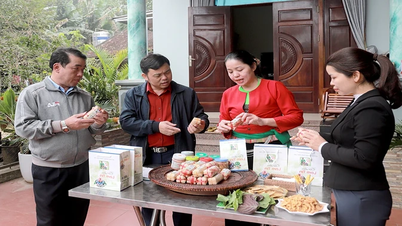










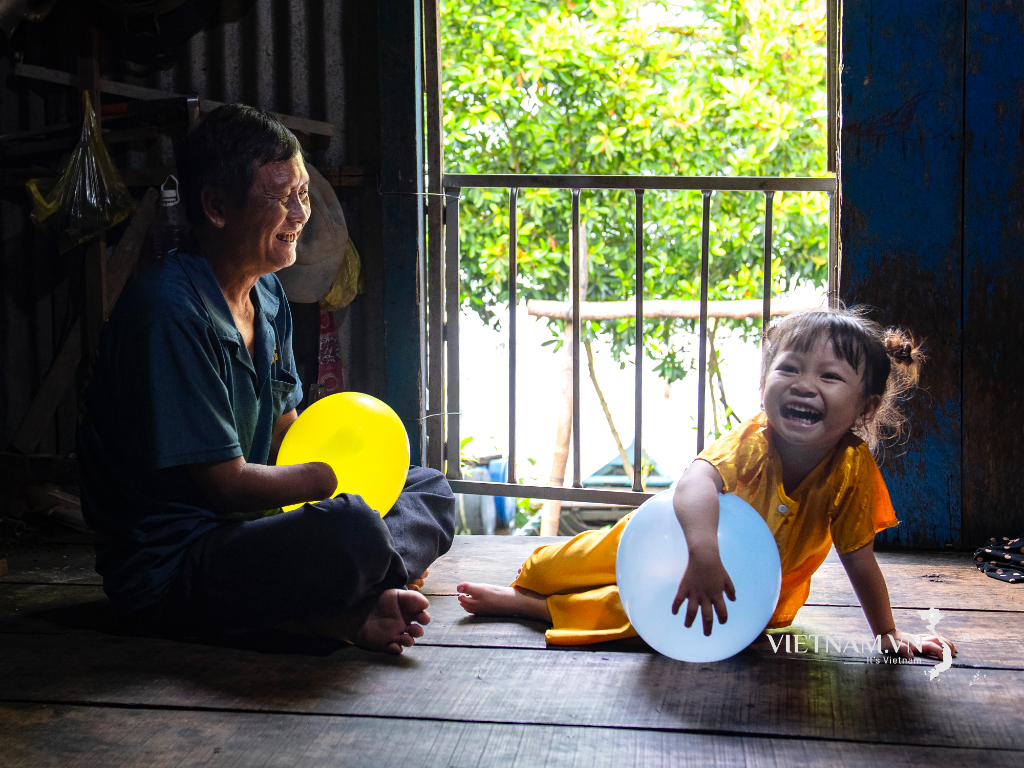
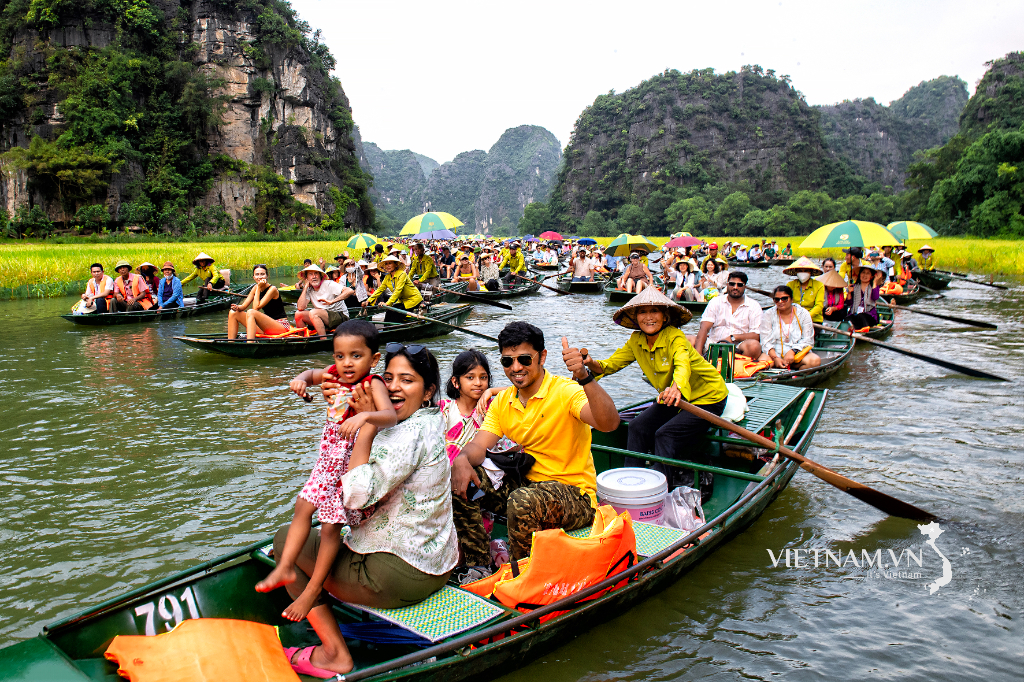
Comment (0)